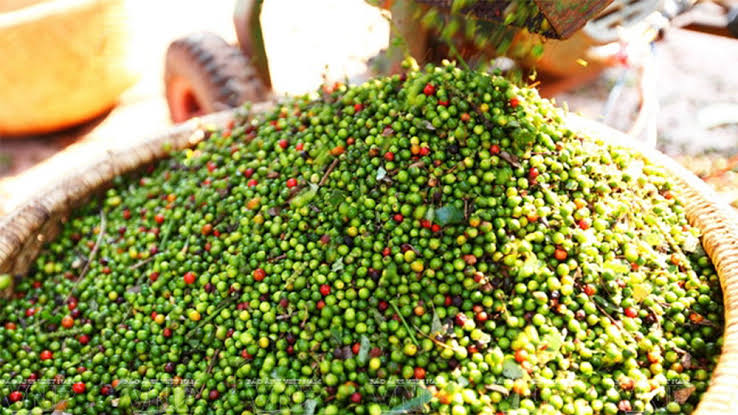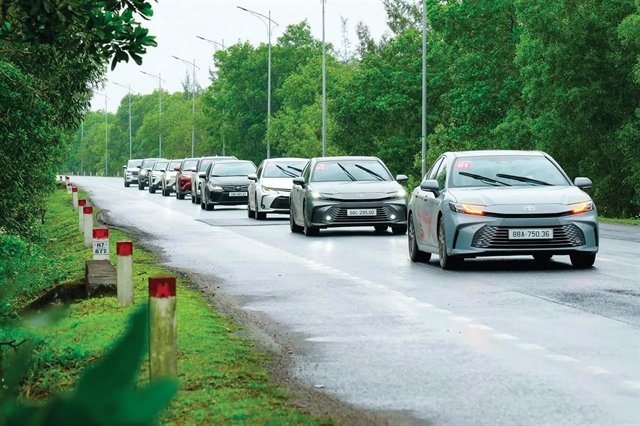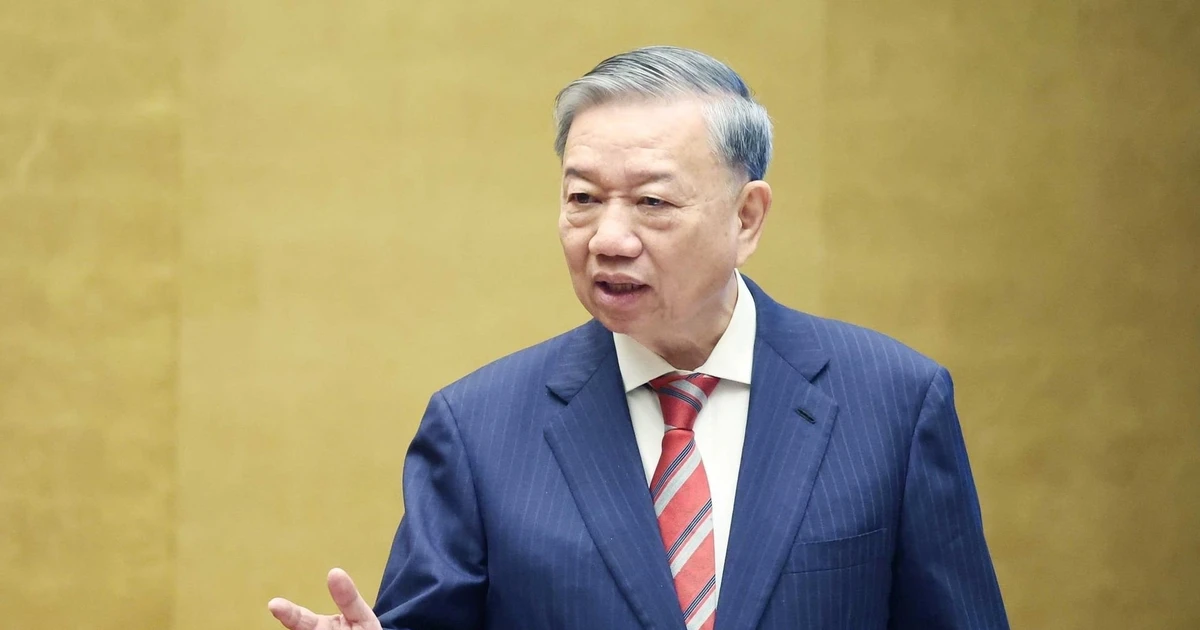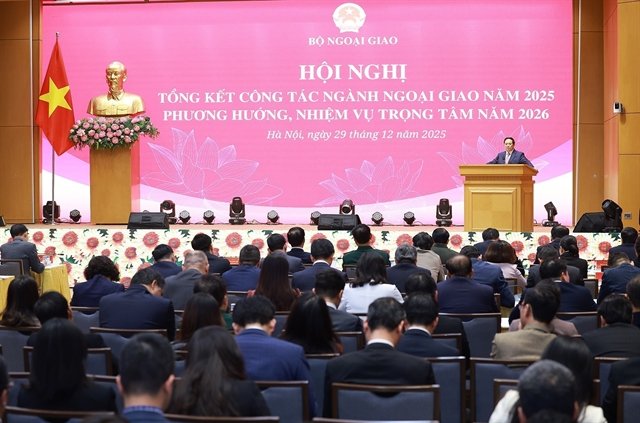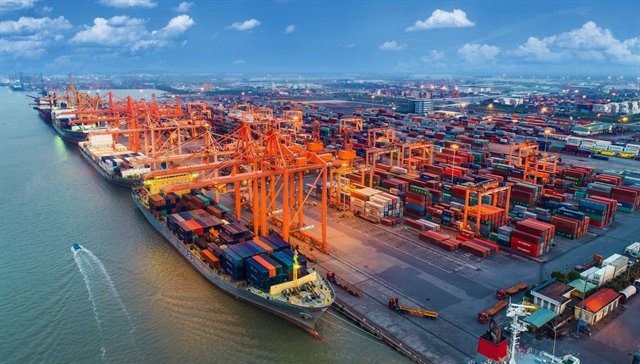Hanoi, July 24, 2024, The Europe Today: Positive export turnover in the first half of this year has set the stage for Vietnamese pepper to rejoin the ranks of billion-dollar export commodities by the end of the year.
According to data from the Vietnam Pepper and Spice Association (VPSA), Vietnam exported 142,586 tonnes of pepper worth $634.2 million in the first half of 2024. Although this represents a 6.8 percent decrease in volume, it marks a significant 30.5 percent increase in value. Black pepper exports accounted for $539.9 million, while white pepper exports reached $94.3 million.
During this period, the average export price of black pepper rose to $4,365 per tonne, and white pepper increased to $5,983 per tonne, reflecting year-on-year increases of $922 and $1,082, respectively.
The domestic market has also seen price hikes. Đào Văn Lành, a pepper farmer in Đồng Nai Province’s Xuân Lộc District, reported that pepper prices occasionally reached VNĐ180,000 per kilo, a level not seen in several years. Although prices have since decreased, they remained high at VNĐ150,000 per kilo in early July, double the price from the same period last year.
Hoàng Phước Bính, Vice Chairman of the Chư Sê Pepper Association in Gia Lai Province, noted that the maximum price of pepper in the domestic market during the 2023-24 crop year reached VNĐ180,000 per kilo, with some regions experiencing prices between VNĐ200,000 and VNĐ210,000 per kilo. However, Bính emphasized that this spike was temporary, driven by urgent export orders.
Despite current high prices, Bính explained that pepper prices are generally on an upward trend due to a significant decrease in domestic supply during the 2023-24 crop year compared to previous years. He anticipates that pepper prices will remain elevated in the coming years, as each price increase cycle typically lasts around ten years.
Bính also highlighted that the potential for expanding pepper cultivation areas is limited despite high prices, as farmers have learned from previous cycles that led to oversupply and subsequent price drops. The high prices and attractive profits of competing crops like durian and coffee further restrict the expansion of pepper cultivation areas.
Trade experts agree that despite the current high pepper prices, the pepper cultivation area is unlikely to increase soon. Factors such as a lack of agricultural labor and difficulties in accessing bank loans for investment in pepper cultivation play significant roles in this restraint. Consequently, existing pepper producers are focusing on maintaining and improving the productivity, yield, and quality of their current gardens.
Vietnam is benefiting from a global shortage of pepper supply exacerbated by El Nino. Experts predict that global pepper production will struggle to meet demand over the next three to five years, positioning Vietnam to continue capitalizing on this market opportunity.
